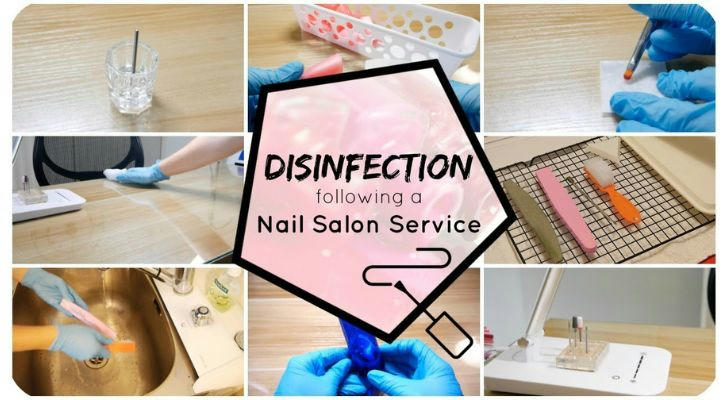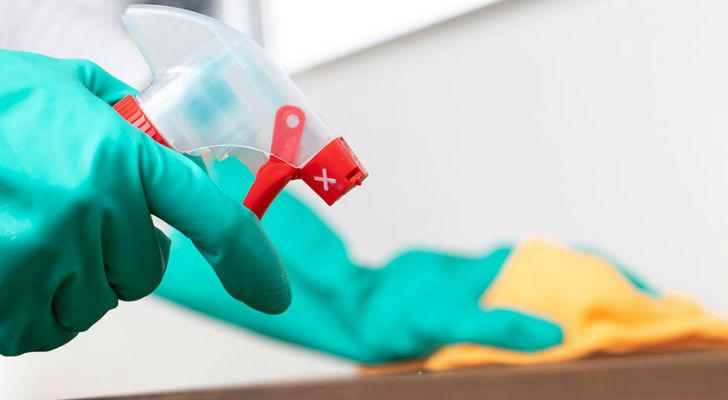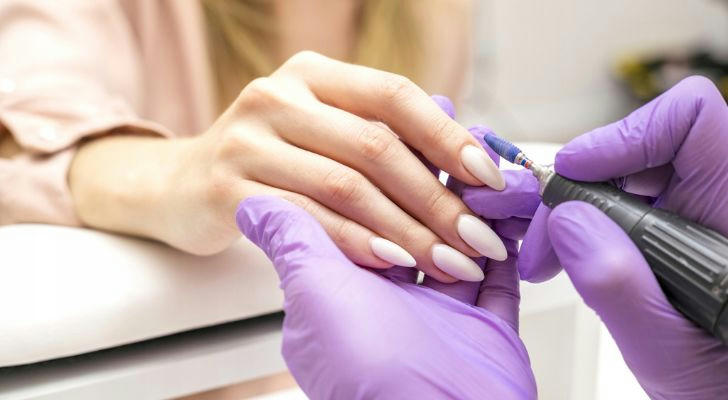The Importance of Sanitation in Nail Services
Maintaining high sanitation standards in nail services isn't just a preference—it's a necessity. Whether visiting a salon or practicing nail care at home, hygiene practices directly impact health, safety, and the overall experience. For those who frequently enjoy manicures or pedicures, understanding how sanitation influences both aesthetics and well-being is essential.

Why Sanitation Matters
Sanitation in nail care prevents the spread of infectious diseases, including bacterial, viral, and fungal infections. Tools that come in contact with skin, nails, or bodily fluids can become carriers of pathogens if not properly disinfected or sterilized.
According to the Centers for Disease Control and Prevention (CDC), common infections linked to poor salon hygiene include:
- Paronychia: A painful bacterial infection around the nail fold.
- Onychomycosis: A fungal infection that causes nail discoloration, thickening, and breakage.
- Human papillomavirus (HPV): Associated with plantar warts, which can be spread through unclean pedicure tubs.
Even minor lapses in cleanliness can increase the risk of skin irritation, allergic reactions, or more serious health complications.
High-Risk Areas in Nail Services
Certain parts of the nail service process require extra attention when it comes to hygiene:
1. Tools and Implements
Reusable tools—like cuticle pushers, nail clippers, and buffers—must be thoroughly cleaned and sterilized between clients. Metal tools should be disinfected using hospital-grade disinfectants or sterilized in an autoclave. Single-use tools such as nail files or wooden cuticle sticks should be discarded after one use.
2. Work Surfaces
Workstations must be wiped down with EPA-registered disinfectants between each client. Surfaces that come in contact with hands, arms, or feet can transfer pathogens if not properly cleaned.
3. Foot Baths and Pedicure Tubs
Foot baths can harbor bacteria if not properly disinfected between uses. The CDC recommends salons use a disinfectant labeled specifically for tub disinfection, allowing it to sit for the recommended contact time, typically 10 minutes.
Salon Practices That Indicate Proper Sanitation
Young women looking for nail services can benefit from recognizing signs of good hygiene in salons. Here are some indicators to look for:
- Tools are removed from a sealed pouch and not reused between clients.
- Technicians wash their hands before and after services and wear gloves when needed.
- Clean towels and disposable liners are used for every client.
- Disinfectants and sterilization equipment are visibly present and in use.
- Floors and stations appear clean and organized.
Asking about sanitation policies isn’t intrusive—it’s a sign of informed decision-making.
Responsibilities of Nail Technicians

Licensed nail technicians are trained to follow state-regulated sanitation protocols. Most U.S. states require:
- Disinfection of tools using EPA-approved products.
- Daily cleaning logs of pedicure basins.
- Use of disposable items when applicable.
- Proper storage of clean and dirty tools separately.
Failure to adhere to these standards can result in fines, license suspension, or salon closures. The responsibility lies not only in keeping clients safe but also in protecting the technician and maintaining professional credibility.
Home Nail Care and Sanitation
For those who prefer DIY nail care at home, maintaining similar hygiene standards is just as important:
- Wash hands and feet before beginning.
- Clean and disinfect tools before and after use.
- Avoid sharing personal nail tools with others.
- Store equipment in a clean, dry container.
- Avoid cutting cuticles too aggressively, as this can lead to infections.
Proper hygiene routines reduce the risk of complications and lead to better, longer-lasting results.
How Often Should Tools Be Cleaned?
- After Every Use: Nail clippers, cuticle nippers, pushers, and tweezers.
- After Each Client or Session: Work surfaces, UV lamps, and foot basins.
- Weekly or Biweekly: Deep clean toolboxes and storage containers.
When in doubt, clean more often than less. Over-sanitizing is rarely a concern in this context.
Common Myths About Nail Salon Hygiene
Some misinformation can lead to confusion or false security. Consider these common myths:
- “Clear water means clean water.” Foot baths can appear clean and still contain bacteria.
- “UV lights kill all germs.” UV lamps used for gel curing do not sanitize tools or surfaces.
- “Salons wouldn’t be open if they weren’t safe.” Licensing doesn’t guarantee compliance; salons are inspected periodically, not daily.
Being aware of facts helps individuals make informed choices and avoid potential health risks.
Legal Standards and Regulations

Each U.S. state has its own board of cosmetology that sets the rules for sanitation. In California, for instance, the Board of Barbering and Cosmetology outlines strict cleaning procedures for foot spas, with specific steps for daily and weekly maintenance. Salons that fail to comply may be subject to inspections, citations, or closure.
For up-to-date regulations, individuals can check their state’s Department of Public Health or Board of Cosmetology websites.
Conclusion
Sanitation in nail services isn’t just a background task—it’s central to client safety, technician professionalism, and the overall success of the service. For those who prioritize clean beauty and wellness, paying attention to hygiene standards in nail care is a step that should never be skipped. Whether receiving a manicure at a top-tier salon or trimming nails at home, proper sanitation habits ensure a safer, healthier experience every time.
Sources:
Centers for Disease Control and Prevention (CDC) – Infection Control in Nail Salons
California Board of Barbering and Cosmetology – Disinfection Guidelines
Environmental Protection Agency (EPA) – Registered Disinfectants
